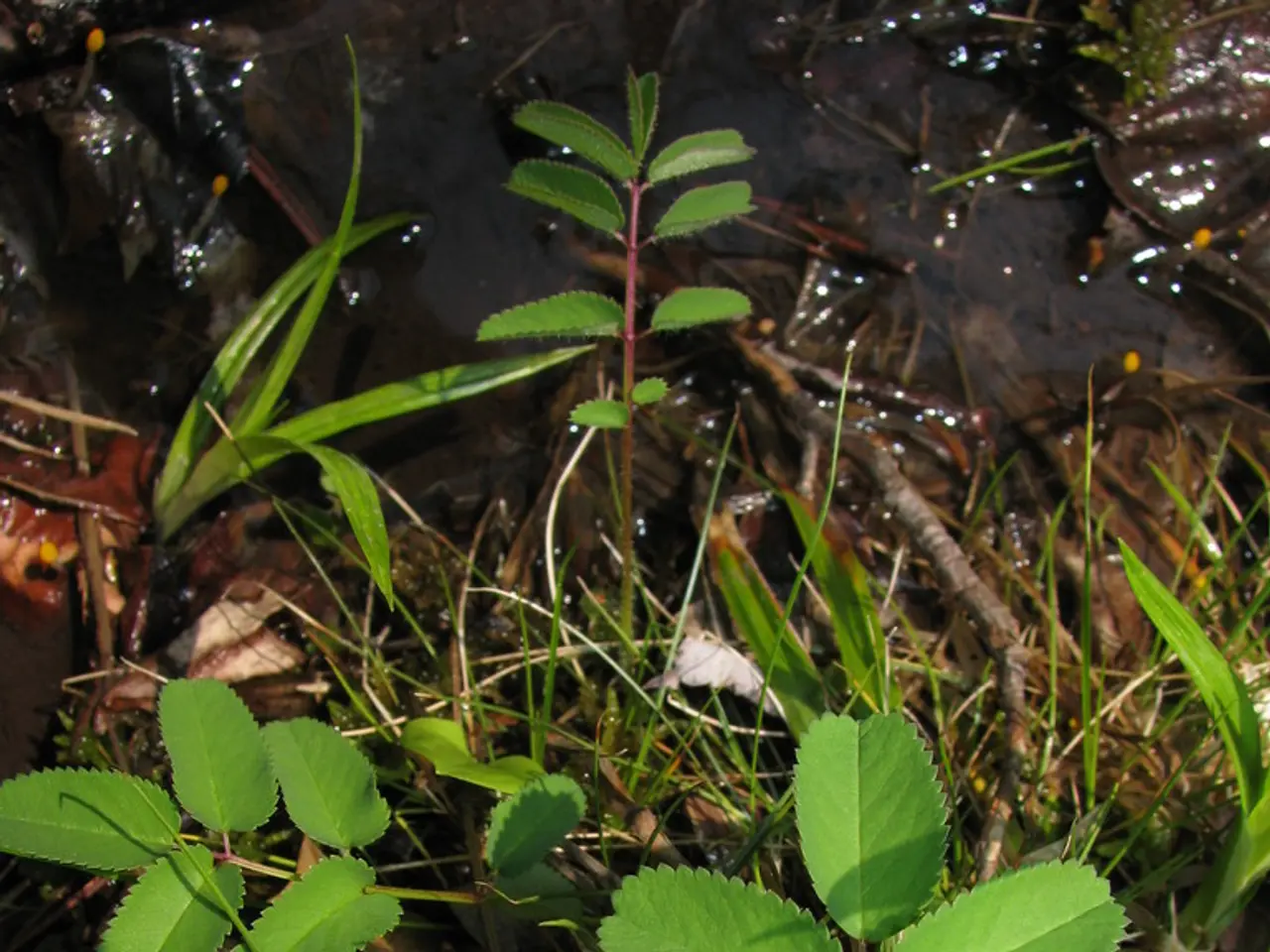Farmers Battle Drought with Strategic Crops and Practices
Drought is increasingly affecting agricultural regions, particularly in spring and early summer. To tackle this, the Federal Information Centre for Agriculture has issued strategies for farmers in dry areas. These include choosing crops with different water demand times and selecting suitable varieties.
Soils with high yield potential but low humus content are particularly vulnerable to drought. Plants like sugar beets, with deep roots and strong root networks, generally fare better in dry times. However, early-maturing varieties may lack sufficient radiation for good yields in wet years, while late-maturing varieties might not ripen properly in dry years.
One strategy is to replace volunteer wheat with winter rye in early summer drought. Winter rye's earlier development often leads to flowering and grain formation under sufficient water supply. Additionally, choosing crops with staggered peak water demand times can reduce the risk of drought stress. Initiatives like those from the ZALF and projects such as HydroSoilWise focus on adapting agricultural practices to mitigate drought impacts.
Increasing droughts are challenging farmers, but strategies are available to help. By selecting suitable crops, varieties, and practices, farmers can reduce the risk of drought stress and improve resilience. While yield-stable varieties may not always be the highest-yielding, they can provide a more reliable harvest in uncertain weather conditions.
Read also:
- Transitioning to Electric Vehicles Places Heavy Demand on Power Grids
- E-mobility continues its progress after a decade since the scandal, staying on course
- The Commission deems the assistance program to be in agreement with the domestic market regulations.
- Innovative Garments and Accessories Producing Energy: Exploring Unconventional Sources for Renewable Power








